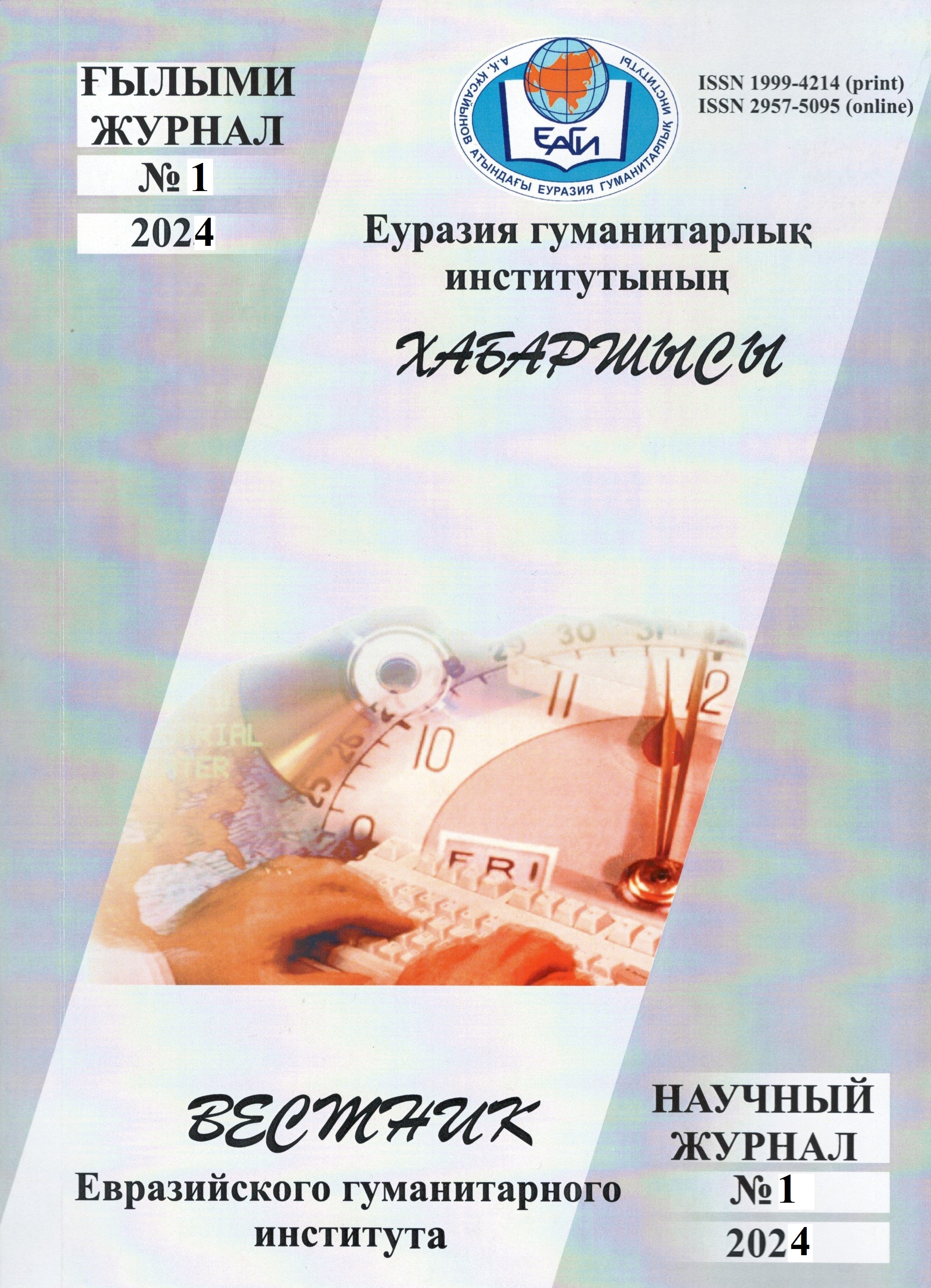THE IMAGE OF A SINNER IN DRAMA «THUNDERSTORM» OF A.N. OSTROVSKY
DOI:
https://doi.org/10.55808/1999-4214.2024-1.17Keywords:
archetype, sin, depravity, type ofAbstract
The article studies the image of sinners based on the drama «Thunderstorm» written by A.N. Ostrovsky. This issue is related to the prototype theory, which is based on the image, motivation and plot of the work with similar characteristics to the mythological component.In this way, it can be concluded that the creativity of literature comes from mythology. In this regard, the concept of «eternal image» appeared in literary criticism, which has a certain value to world literature.
An important motive of classical literature is depravity. However, this motive is away to shape the image of a sinner.This image exists in different versions of Russian literature:that is, the heroine engaged in prostitution, the «tempted and abandoned» and unfaithful wife, the «camellia»(ladies of the demimonde, kept women) and others.The motives and plots of the hypostases of the image of the sinner are reduced to a certain archetypal semantic core, which is characteristic of Russian literature.
The sinner refers to the sufferer in Russian literature; the path is from sin to rebirth, and the events will develop in the following order: «fall-repentance- suffering-redemption-salvation». This paradigm is obviously based on the Christian understanding of sin, mainly referring to the biblical story of the Savior and the repentant prostitute, and is related to the theological triad «sin-repentance- salvation».
The analysis of the image of the sinner Katerina in the drama «Drama» by A.N. Ostrovsky is based on a single semantic archetypal core. And this type of unfaithful wife is depicted through a moral and religious understanding of sin, directly related to the concepts of guilt and shame, as well as a philosophical approach to the concept of this category, revealed in the image of the «holy harlot» through the realization of the concept of repentance and forgiveness.


 Қазақ тілі
Қазақ тілі
 Русский
Русский
 English
English








